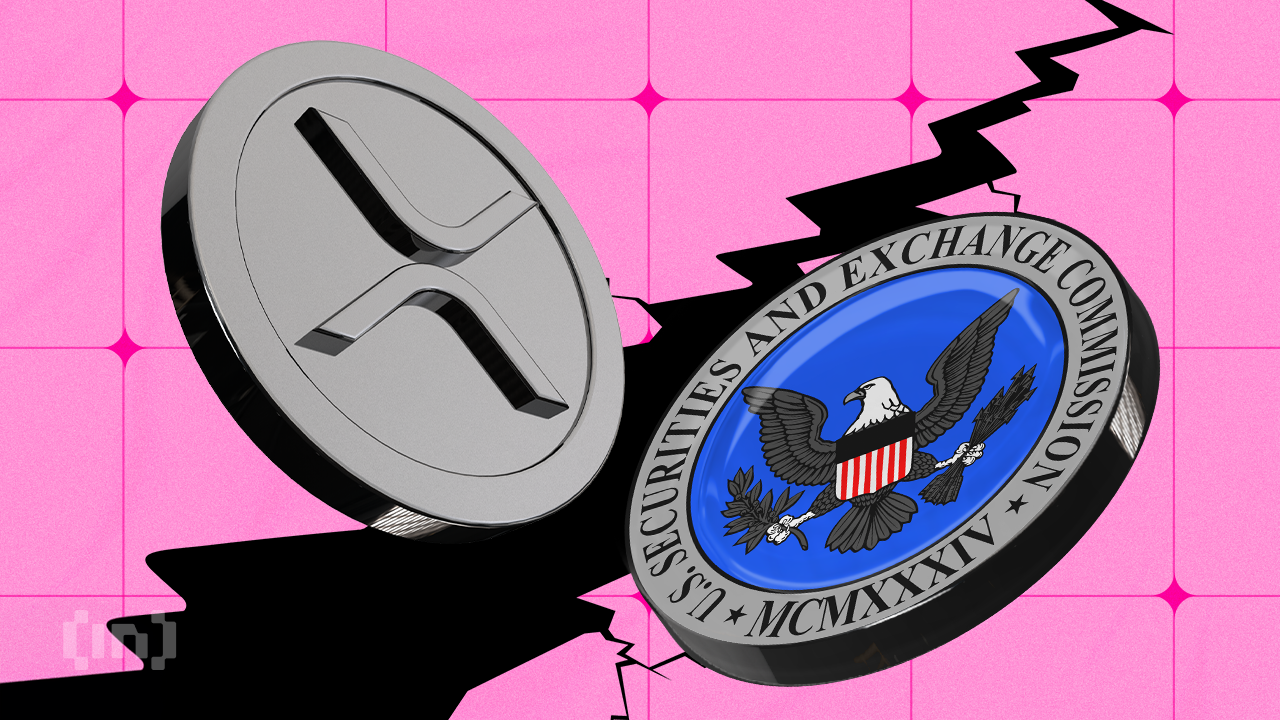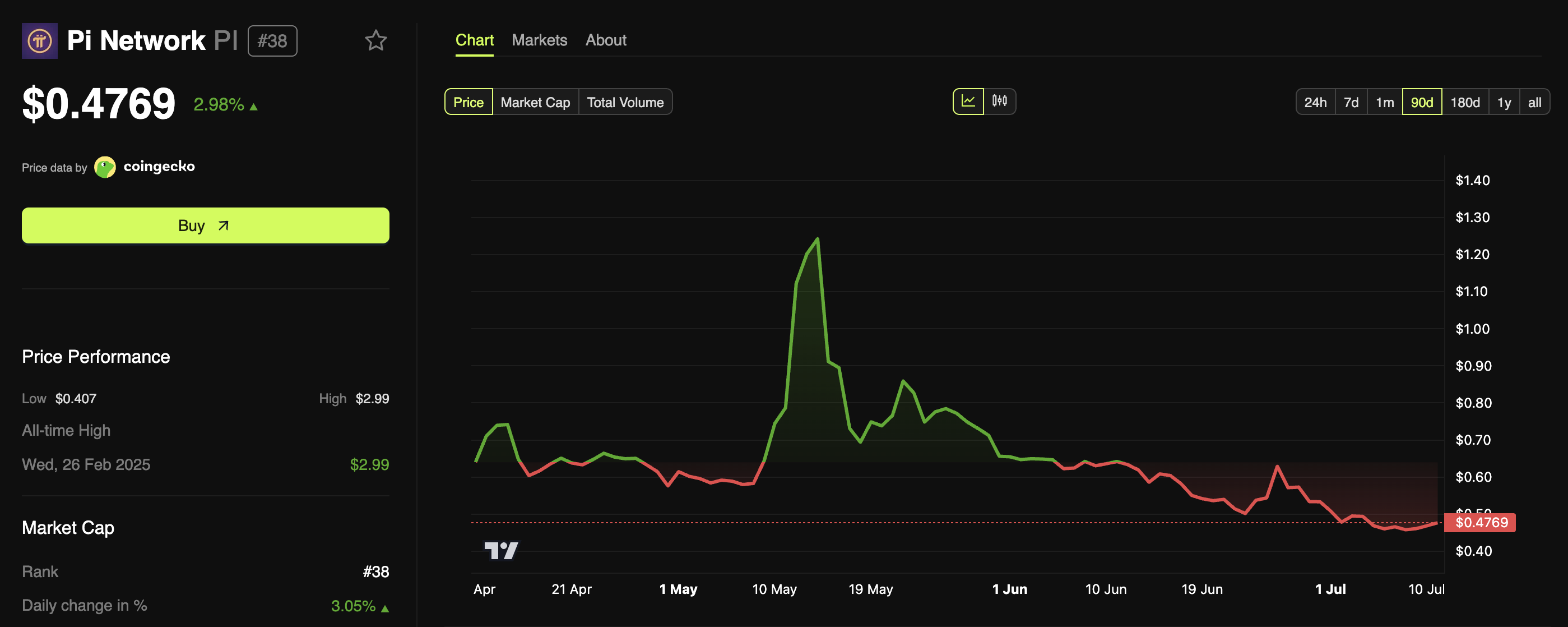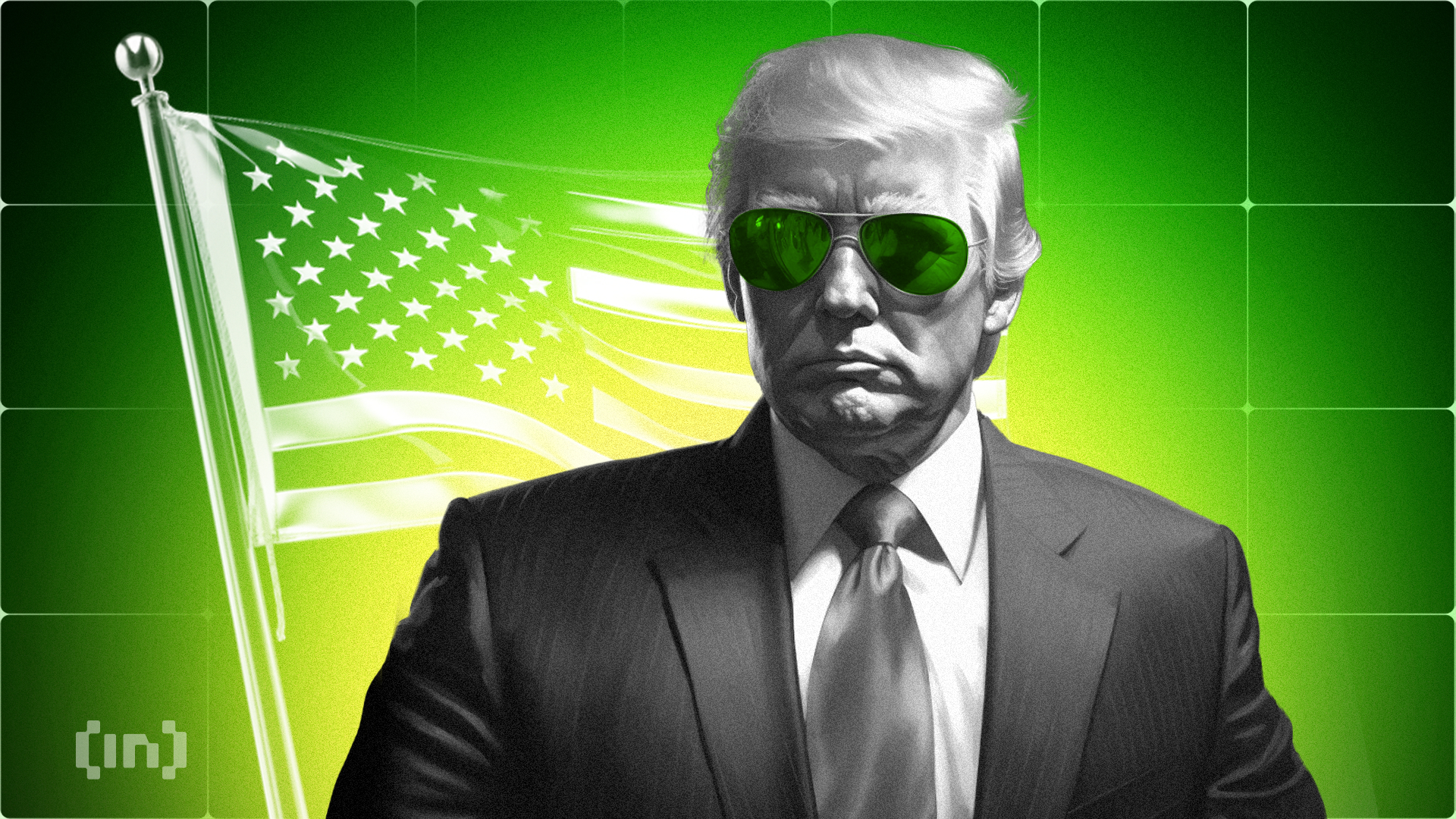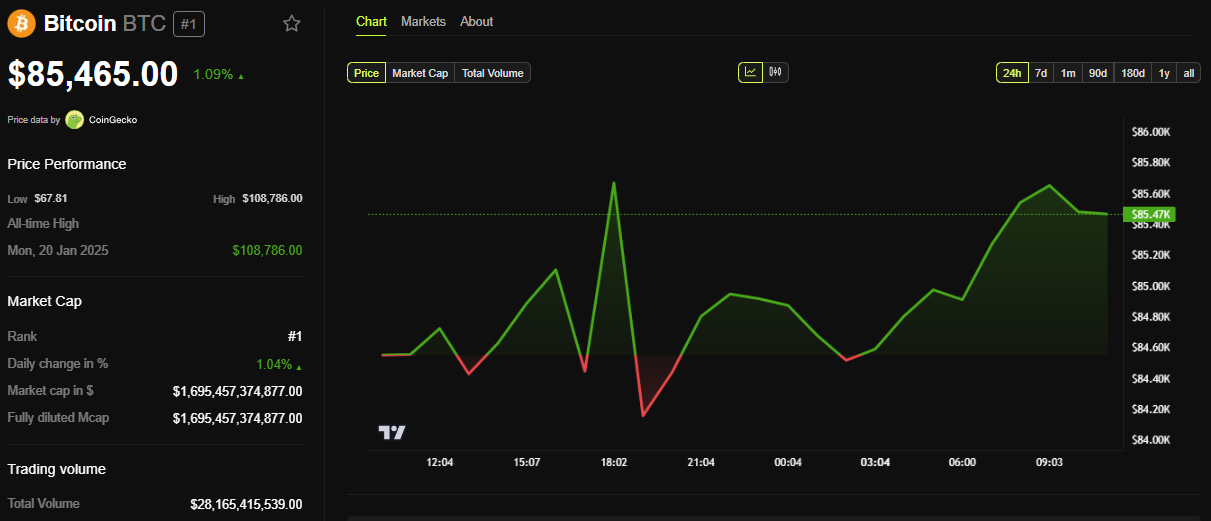Jay Clayton, Trump’s next pick for the SDNY’s US Attorney, originally filed the SEC’s lawsuit against Ripple. Clayton promised to end crypto crackdowns at the SDNY but personally started one of the most notorious incidents.
Trump is also planning to use a procedural loophole to avoid a messy confirmation process, which Senator Chuck Schumer swore to block. This incident raises questions about the quality of crypto’s new political allies.
Jay Clayton and the Ripple Lawsuit
President Trump has sworn to promulgate friendlier crypto regulations, and part of that has been directing prosecutors to end enforcement actions.
He originally tapped Jay Clayton for this role in November, and he actually became Acting Attorney today. There’s just one concern — Jay Clayton initially filed the SEC’s action against Ripple.
The SEC vs Ripple case is considered a landmark action of the Gensler era, but Clayton actually initiated the suit. Clayton served as the SEC’s Chair from 2017 to 2020, and he resigned more than six months before his term limit.
He filed the SEC suit on December 22 and resigned the very next day in what the company called a “parting shot.”
A few years later, Clayton’s on the other side of government crypto crackdowns. When Trump first tapped him for the role last November, a spokesman claimed that the office would cease crypto enforcement actions.
In 2023, Clayton made televised interview appearances criticizing Gensler’s crackdowns, which infuriated Ripple CEO Brad Garlinghouse.
Further Controversy In the Confirmation Process
Today, no representatives from Ripple commented on Clayton’s new role, but it is likely to ruffle feathers all the same. Specifically, the process to get a nominee confirmed by the Senate can be grueling.
Trump offered Paul Atkins the position of SEC Chair almost five months ago, but he only took his seat yesterday. He’s using a new strategy with Clayton.
According to local media, Trump named Clayton the Acting SDNY US Attorney, intending him to occupy the permanent role. Trump first nominated him last week, and Senate Minority Leader Chuck Schumer vowed to block his confirmation.
Schumer claimed Clayton “has no fidelity to the law.”
Regardless, Clayton doesn’t need a confirmation vote to become Acting US Attorney, and he probably won’t need one. If the Senate won’t confirm him in 120 days, judges in the SDNY can appoint him until a nominee gets confirmed.
Trump doesn’t actually need to nominate anyone else, and Clayton could serve a regular term.
This is a very illustrative example of how much political power crypto has gained. Jay Clayton, the man who literally initiated the Ripple suit, will work against future enforcement. And yet, this doesn’t seem like an unambiguous good.
How much can the industry truly rely on its former enemies? How many of crypto’s friends today would gladly join a crackdown tomorrow? These are just some of the concerns among the crypto community.
The post Trump Appoints Ex-SEC Chair Behind the XRP Lawsuit as New SDNY Attorney appeared first on BeInCrypto.






